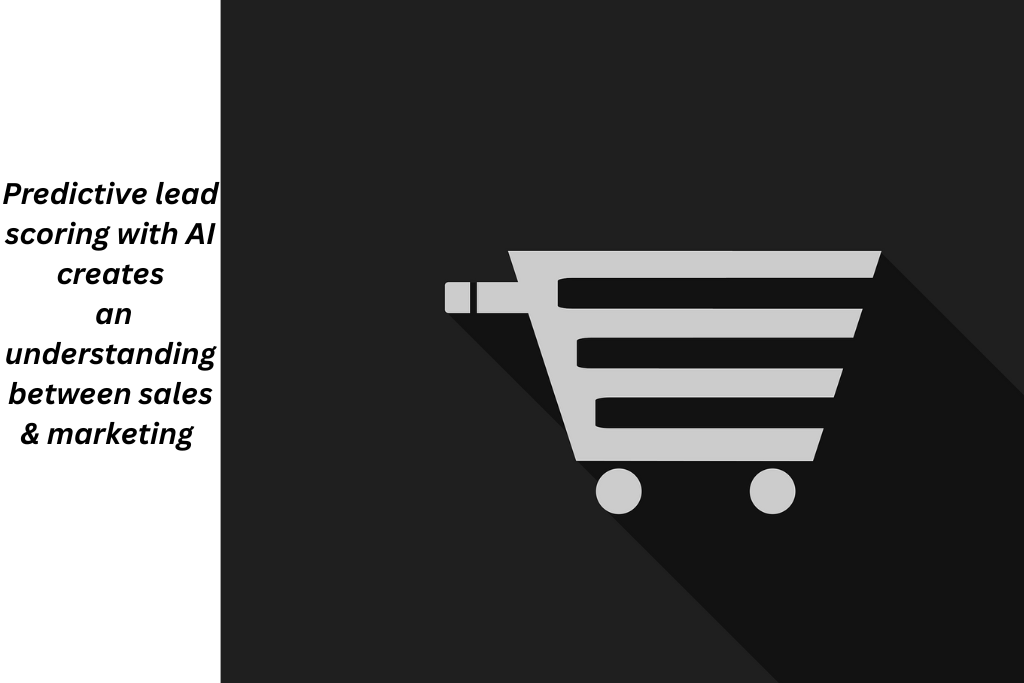
Predictive Lead Scoring with AI: The Secret Weapon for SME Growth in 2025 (Part 2)
We discussed earlier (in Part 1) what predictive lead scoring with AI is. In this article, we will explore its benefits for SMEs and the tools used for this automation.
Top Benefits for SMEs
Predictive lead scoring is not just a fancy feature. Instead, it gives SMEs a strategic advantage to grow smarter. Here’s how it benefits SMEs:
Higher Conversion Rates
Since not all leads are equal, you need to identify and prioritize the ones with high-intent value. This identification is based on real-time behavioral patterns of leads. You need to check their repeated visits to your website, emails, or social media platforms. It also includes the amount they spend on every purchase.
So, instead of chasing every lead blindly, your sales team focuses its efforts in the right direction. They go for the leads with the highest possibility of closing. When the lead approaches timely manner with personalized content, it improves your conversion rates.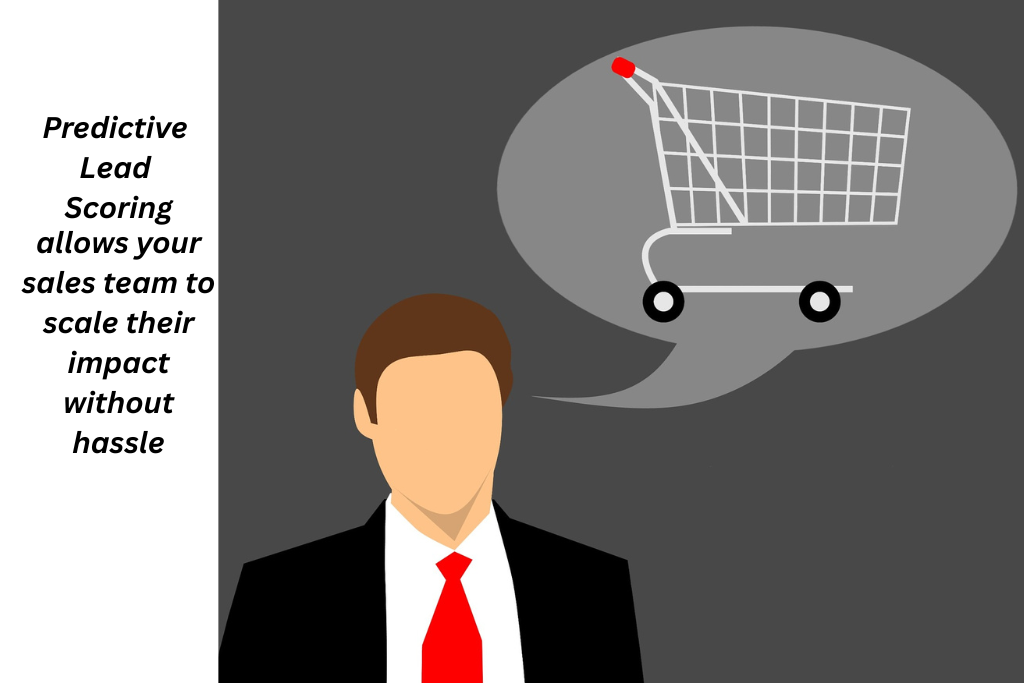
Targeted Messaging for Each Lead
Predictive lead scoring with AI creates an understanding between sales and marketing. Marketing designs retargeting efforts through email campaigns and content. These efforts are based on a lead’s score and stage in the funnel. On the other hand, sales can time their outreach accordingly.
This alignment:
- Reduces lead leakage.
- Improves customer experience.
- Keeps messaging consistent across touchpoints.
Time and Cost Efficiency
SMEs have lean sales teams and tight budgets. Predictive lead scoring with AI ensures those limited resources are used strategically without draining the budget. AI filters out cold and unqualified leads early in the process. Hence, it ensures:
- Faster follow-ups with the right leads.
- Shorter sales cycles.
- Lower Customer Acquisition Cost (CAC) because reps spend less time on dead-end prospects.
Scalability
As your business grows, the manual sorting of leads becomes impossible. The predictive lead scoring, when powered with AI, automates the lead prioritization. This allows your sales team to scale their impact without hassle.
AI Tools Making Predictive Scoring Easy for SMEs in 2025
Several CRM platforms offer predictive lead scoring with AI. These tools are specifically designed for small and mid-sized enterprises. The top four tools here are:
HubSpot Predictive Lead Scoring
SMEs use inbound marketing, and HubSpot predictive lead scoring is the best automation solution. Its AI-based scoring is based on the lead’s behavioral and demographic data. HubSpot automatically identifies high-quality leads from activities on the website and email. Its easy integration with marketing automates and streamlines the workflows.
Zoho CRM with Zia AI
This tool is best for cost-conscious SMEs seeking intelligent insights with flexibility. Zia AI analyzes past deals and activities. It then uses this data to predict the lead conversion possibility. Zoho CRM also provides recommendations to improve conversion chances. It offers a voice assistant, anomaly detection, and sentiment analysis.
Freshsales AI (Freshworks CRM)
It goes best for SMEs wanting modern UX and customizable scoring. Freshsales AI automatically scores leads based on their history, behavior, and past patterns. It offers smart suggestions on the next steps and which leads are more likely to convert.
Salesforce Einstein
This tool works great for SMEs already using Salesforce and need deeper analytics. It offers predictive lead scoring, opportunity insights, and forecasting. The Einstein Readiness score is a feature that offers a natural language explanation for the scoring logic. It also ensures cross-channel data integration from sales, service, and marketing.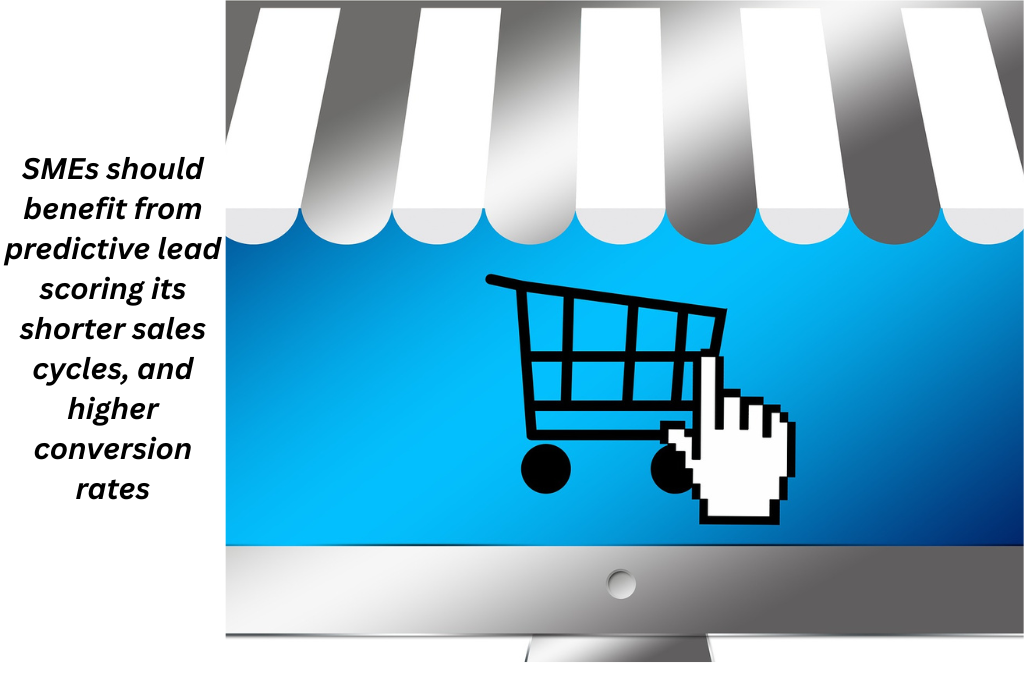
A Step-by-Step Guide for SMEs to Get Started
Predictive lead scoring feels complex at first. But when you start the process, it becomes achievable for SMEs. Especially with the use of AI tools, you can manage it even in smaller budgets.
Step 1 is to Audit Your Data and CRM Setup
Before you start using an AI tool, remember that AI needs clean and organized data. That’s why, start by conducting a data audit to ensure that your CRM and marketing tools are:
- Collecting relevant customer data (demographics, behavior, engagement).
- Properly segmented by lead stages (new, marketing-qualified, sales-qualified, etc.).
- Integrated across platforms (email, website, social, call logs).
You should also look for gaps or inconsistencies in the entries. Then cleans up the duplicate entries and outdated contact info to prevent flawed scrong models.
Step 2 is to choose an AI-powered tool That Aligns With your Budget and Goals
There are several tools promising predictive lead scoring with AI. However, not all of them are SME-friendly. That’s why look for one that
- Offers predictive scoring features based on behavior and intent
- Easily integrates with your CRM, email platform, and website
- Scales with your business and allows you to start small.

Step 3 is to Define Success Metrics
Don’t let AI run blindly. Clearly define your goals as what success looks like for your lead scoring system. Some of the common key point indicators are:
- Are your top-scoring leads converting?
- Are you attracting and nurturing better-fit leads?
- Are your reps spending less time closing deals?
- Is AI helping you reduce costs by improving targeting?
Step 4 is to Train Your Team and Monitor Their Performance
If your sales and marketing teams don’t use the predictive lead scoring system properly, it won’t deliver the results. Therefore, educate your team on:
- What the lead scores mean
- How to prioritize their outreach based on score tiers
- How to interpret AI-generated recommendations
Conclusion
The predictive lead scoring with AI is evolving and is set to unlock a new layer of customer intelligence. In the future, an AI-powered lead scoring system will become a unified process that will fuel the decisions across the entire customer journey. Therefore, SMEs should benefit from its shorter sales cycles and higher conversion rates.




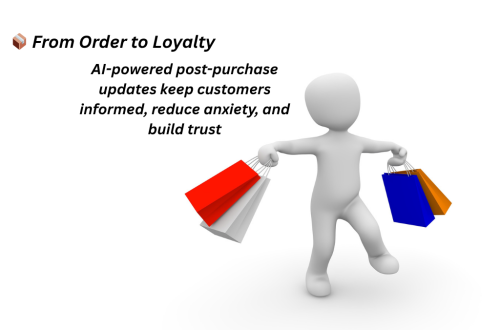
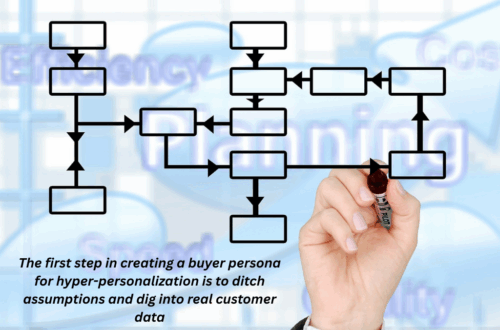

One Comment
Pingback: